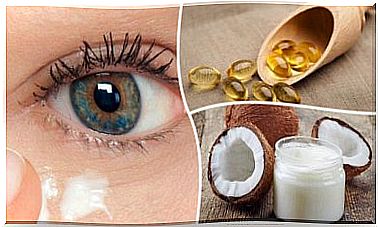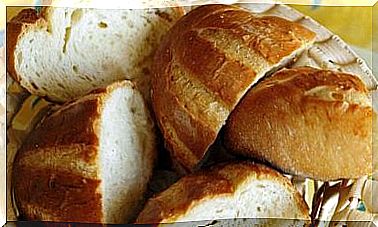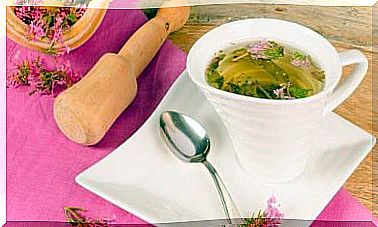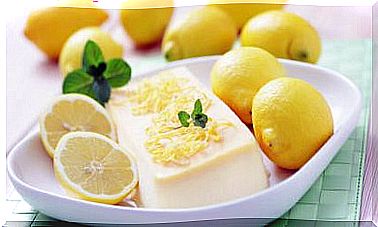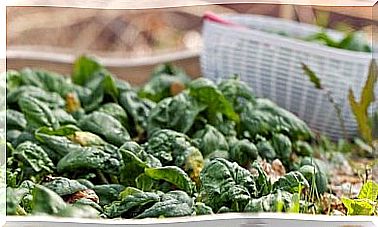5 “healthy” Snacks That Really Are Ultra-processed Products
Not all ultra-processed products are found among fast food , prepared food and industrial pastries. Did you know that some of the “healthy” snacks that are promoted as such can fall into this category?
It is important to recognize these types of products and limit their consumption, since ultra- processed foods in the diet are related to obesity and other non-communicable diseases, such as cardiovascular problems or diabetes.
Ultra-processed foods
Ultra-processed foods are food products that often contain a long list of ingredients and additives with artificial flavors, added sugars, stabilizers and preservatives.
Automatically, the mind relates them to prepared food, fast food or energy drinks. However, their presence is much more widespread and they sometimes hide under the guise of healthy products.
The desire to take care of yourself and watch your diet is increasingly present in many consumers. The food industry has seen a vein to promote their products, referring to their health attributes and properties.
Most highlight the right nutrients in promoting better physical and mental fitness. However, it is important to pay attention to the composition, because behind them you could hide “healthy” snacks that, in reality, are not.

5 “healthy” snacks that are ultra-processed
As has already been seen, these types of products are very widespread. Here are some of them that should be part of the diet only occasionally.
1. Granola or energy bars
Perhaps one of the most common and widespread in fitness and among light foods . A comfortable, fast and light way to replenish energy wherever we are.
The problem does not lie in the ingredients, since some of them are healthy by themselves. Many of these bars hide large amounts of added sugar in the form of honey, syrup, or glucose and fructose syrups.
The result is a snack that provides instant energy, but does not last long and does not promote a feeling of fullness in the long term.
2. Protein bars
Unlike the previous ones, this type of supplementary bars have a higher protein content. They are useful to take after exercise and help when protein needs are very high.
In large part, they are made from milk or egg proteins. But some of them also contain a lot of sugar and saturated fat. Sometimes in higher amounts than a chocolate snack .
3. More “healthy” snacks that are ultra-processed: fiber- packed fitness cookies and cereals
Cookies and fitness cereals are the most widely consumed. Fiber is often the main claim, but the end product still has high amounts of added sugar.
In addition, in the case of cookies, many of them tend to contain hydrogenated fats or oils that are not recommended and that do not prove to have benefits.
In both cases it is necessary to read the labels well. Some of the more classic cookies and cereals have the same or better nutritional composition than others that are sold as fitness foods .
4. High protein pastries
One of the last to hit the market, thanks to the good reputation of low-carb diets. Its users are both people who want to improve body composition and those who want to lose weight and prevent health problems.
In this novel group still disparate products are included as donuts , cookies , bread, croissants , rolls and all kinds of snacks both sweet and savory.
What is the problem? The first is the long list of ingredients with added flavorings and other preservatives. Some of them difficult to recognize by users.
Second, the nutritional composition. Despite having more protein than the original product , the end result still has little or no nutritional quality. With the danger of being perceived as healthier and eating more often.
5. Protein shake
Reserved for a long time exclusively for athletes, today they aim to reach those people who want to take care of themselves and do not have time to cook a complete meal.
Easy to prepare, convenient to carry and quick to consume. But in terms of its composition, the reality is that it is similar to that of energy and protein bars.
Why is it important to take care of ultra-processed ones?
For years, nutrition and health experts have warned about the consumption of ultra-processed foods. Why are they under the spotlight? What is the reason for concern and the reason for trying to keep them away from the usual diet?
The first problem they present is their nutritional quality. Or rather, its almost zero contribution of basic nutrients that have been shown to be necessary for promoting health and well-being. These are complex carbohydrates, healthy fats, fiber, vitamins, and minerals.
Instead, these types of products contain high amounts of salt, added sugar, and saturated and hydrogenated fats. Apart from presenting a high energy density.
Not to mention that its palatability and the marketing that accompanies it encourages high consumption. With what they are present in the diet of many people in an excessive way.
This continued use translates into long-term health problems. In the course of the last decades, science has obtained evidence of its association with multiple markers and adverse outcomes.
As indicated in a systematic review published in 2020, the associated problems are the following:
- Higher prevalence of overweight and obesity, as well as a higher body mass index.
- Increased risk of metabolic syndrome and all its factors: high blood glucose, high blood pressure, high blood lipids.
- Higher incidence of cardiovascular, arterial and cerebrovascular disease.
- Depression.
- Irritable bowel syndrome problems .
- Higher mortality.
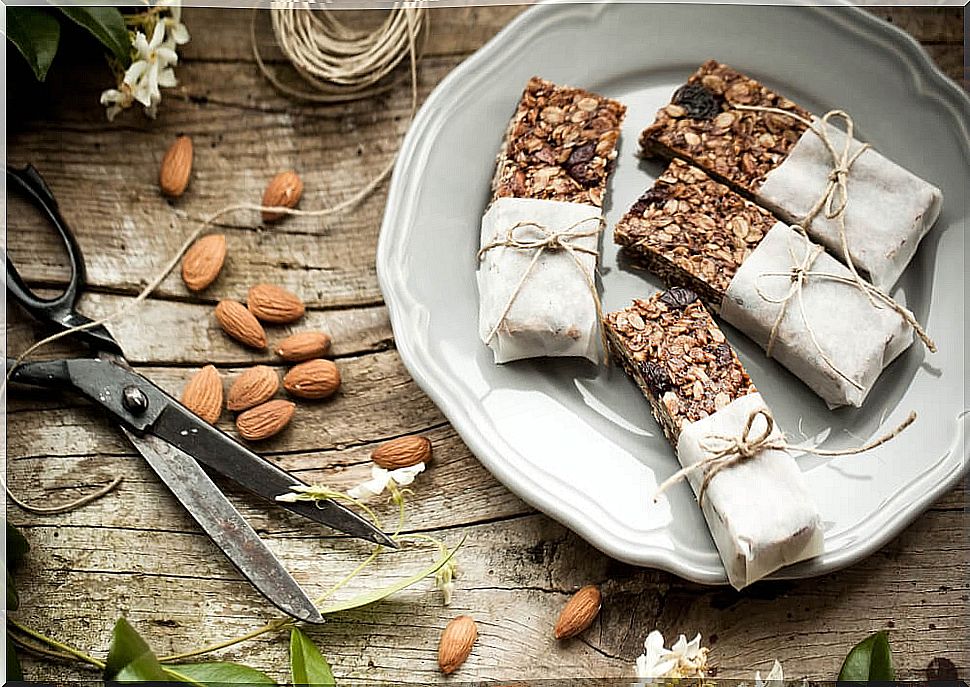
How to make a responsible consumption of these 5 apparently “healthy” snacks
Ultra-processed foods are characterized by high amounts of added sugar, poor-quality fats, and salt. Also due to the low presence of fiber, vitamins and minerals.
Today, most of them claim to stand out as a source of these nutrients to promote the health and well-being of consumers. However, it is always preferable to ingest them through fresh food.
Sporadic consumption is not harmful and may even have some use. As long as people are aware of the product they buy and eat and that they are not part of the usual diet.
For those who need them sporadically, the best advice is to read product labels and choose those with recognizable ingredients. If, on the other hand, circumstances make them something common in the diet, it is preferable to explore homemade alternatives that are quick to prepare and easy to transport and consume.
